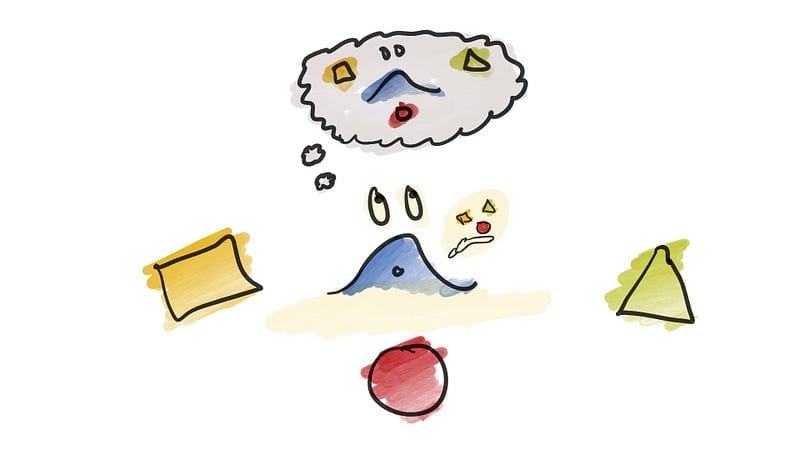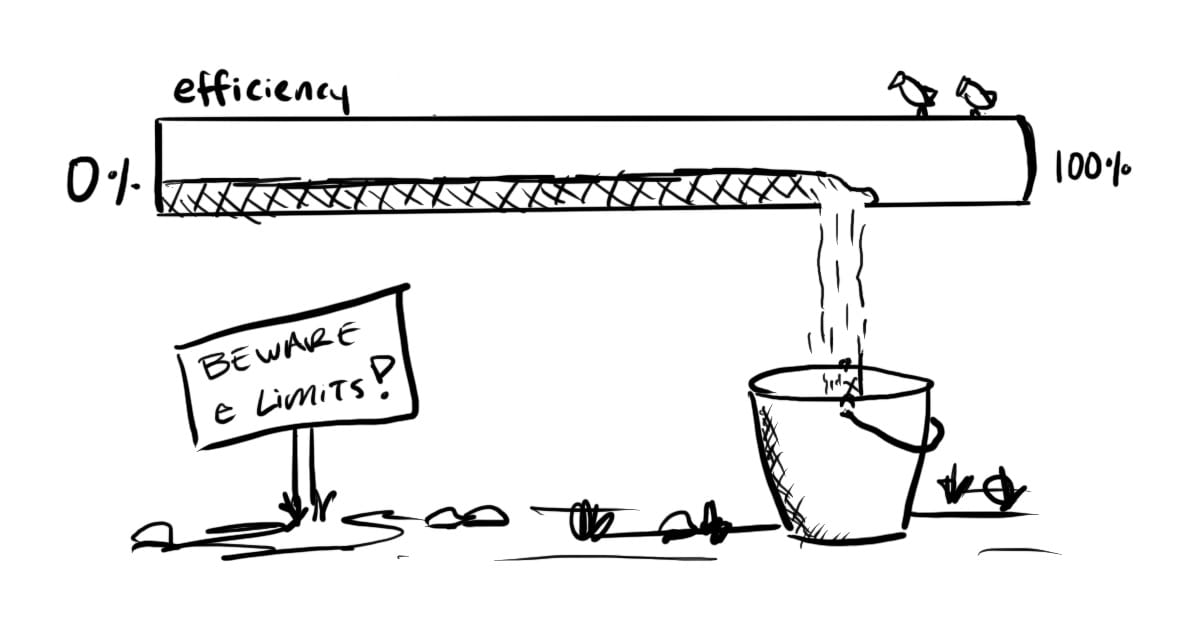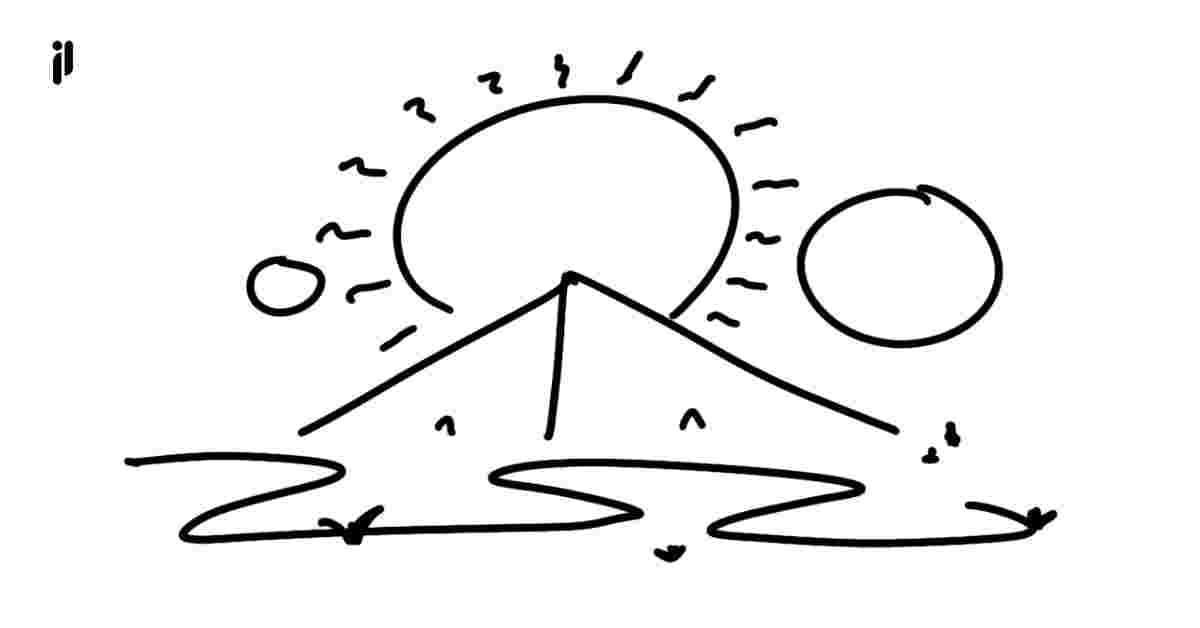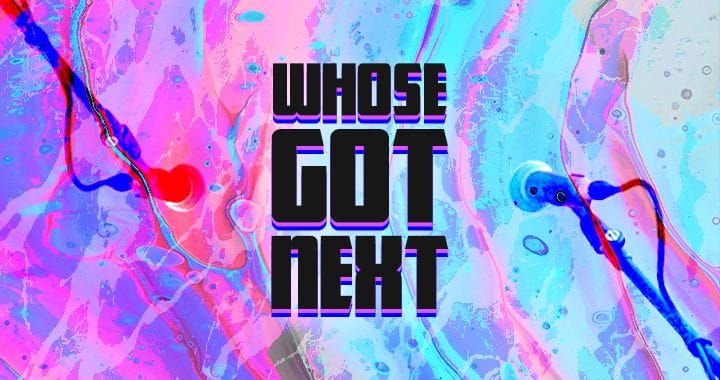What is creative metacognition?
How well you know your creative skills and how well you can apply those skills is called creative metacognition.

The pairing of how well you know your creative skills and how well you can apply those skills in a creative situation is called creative metacognition.
In their 2017 paper, “Toward untangling creative self-beliefs” Beghetto and Karwowski, explain that creative metacognition is the most complex of the three creative self-beliefs. And it’s a bit confounding.
But if you know about concepts like self-awareness and self-regulation, then you’re already halfway to understanding creative metacognition.
Think of creative metacognition as self-awareness of your creative abilities. Instances of thinking such as “I know I’m a good painter, but does that apply in this situation,” or “Okay, I’ve tried to be creative in my normal ways and that hasn’t worked… how should I adapt?”
It can be a bit hard to wrap your head around, but strong creative metacognition (or CMC) is important because it helps you understand how your skills apply to the creative situations you’re in, making you adaptable and increasing your creative confidence (otherwise known as creative self-efficacy) over time.
Reference
Beghetto, R. A., & Karwowski, M. (2017). Toward untangling creative self-beliefs. In M. Karwowski & J. C. Kaufman (Eds.), The creative self: Effect of beliefs, self-efficacy, mindset, and identity (pp. 3–22). Elsevier Academic Press. https://doi.org/10.1016/B978-0-12-809790-8.00001-7
This micro-article was part of The Okrēo “Learning in Public” series, where I explored questions and topics related to creativity in theory & practice.





